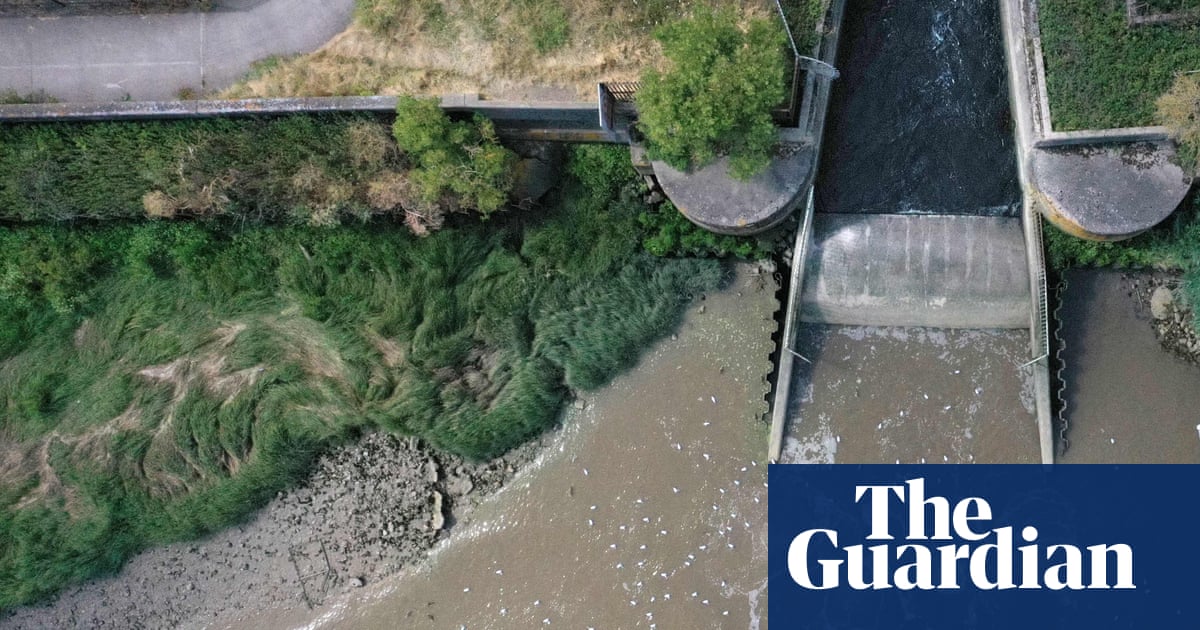More than 4m hours of raw sewage discharges poured into rivers and seas last year, a 129% increase on the previous 12 months, new figures are expected to reveal on Wednesday.
Total discharges from the 14,000 storm overflows owned by English water companies that release untreated sewage into rivers and coastal waters increased by 59% to 477,972, making 2023 the worst year for sewage spills, according to an early estimate of the Environment Agency figures seen by the Guardian.
So 4 metric hours?
4 meter hours?
4 million hours?
The article is no help i feel its just guardian Ai trash.
TIL that the units of sewage volume is… er… “hours”?
I’m struggling to find information as to why we measure sewage discharge in hours rather than something we can easily understand (like litres).
As it stands it’s really difficult to imagine just how much sewage is being discharged into our waterways. After all, I imagine that sewage is discharged at different rates across different sewage treatment facilities (i.e. one facilities hour of discharge could be a greater volume than another facility).
There’s just no way for the public to know for certain, it seems.
As I understand it, they have only recently had a requirement for monitoring at all - and as far as I can tell the monitoring is in the form of loggers that simply register whether a valve is open or closed.
There are a hell of a lot of these discharge points, and I can appreciate that getting any kind of monitoring on all of them is quite a task. Fitting flow meters to them all - rather than simple on/off indicators - would be another very big and very expensive job altogether. Yes, it would be good to know but, personally, I would rather they spend that time and money on working to stop the discharges than counting them all more accurately.
Was it just storm overflows or was it poo water?
From the article:
Total discharges from the 14,000 storm overflows owned by English water companies that release untreated sewage into rivers and coastal waters increased by 59% to 477,972
Storm overflows are supposed to be used only in extreme weather but for many years they have been used routinely, discharging raw sewage even on dry days in some cases.
This is the best summary I could come up with:
More than 4m hours of raw sewage discharges poured into rivers and seas last year, a 129% increase on the previous 12 months, new figures are expected to reveal on Wednesday.
Storm overflows are supposed to be used only in extreme weather but for many years they have been used routinely, discharging raw sewage even on dry days in some cases.
The scale of releases into waterways comes as rivers in England are at crisis point, suffering from a toxic cocktail of raw and treated sewage pollution, chemical toxins and agricultural runoff.
Ofwat is the ultimate arbiter of whether the industry will be allowed to pass the cost directly on to customers as they seek to tackle years of underinvestment and the pressure of extreme weather from climate change.
When the full data from every storm overflow in England is released by the Environment Agency on Wednesday, some rivers and seas are likely to be shown to be suffering hugely from sewage pollution.
Met Office assessments said Storm Babet in the autumn brought the third wettest three-day period on record for England and Wales.
The original article contains 723 words, the summary contains 184 words. Saved 75%. I’m a bot and I’m open source!
Turns out that it was not quite as much as predicted - just 3.6 million hours.






